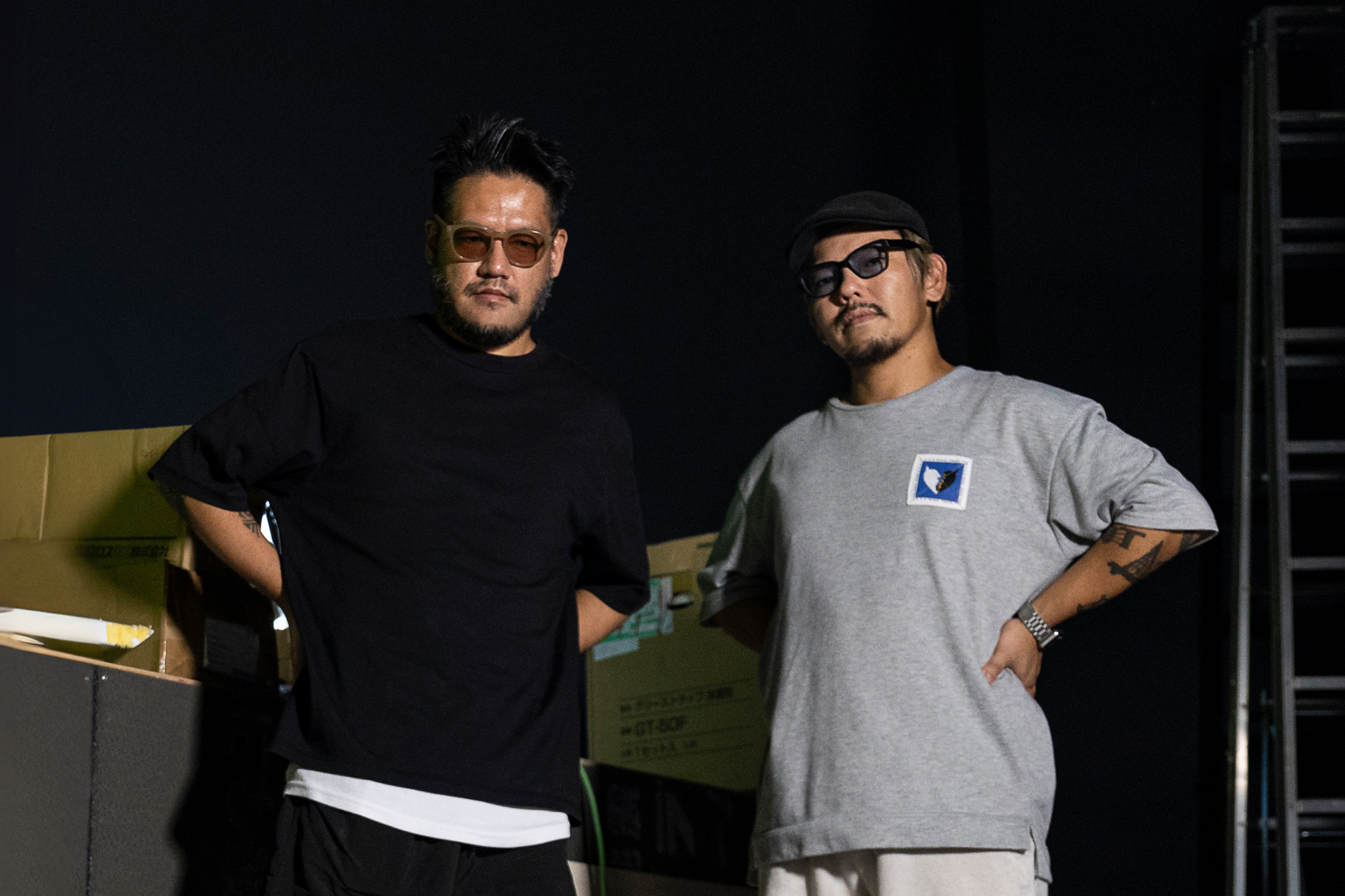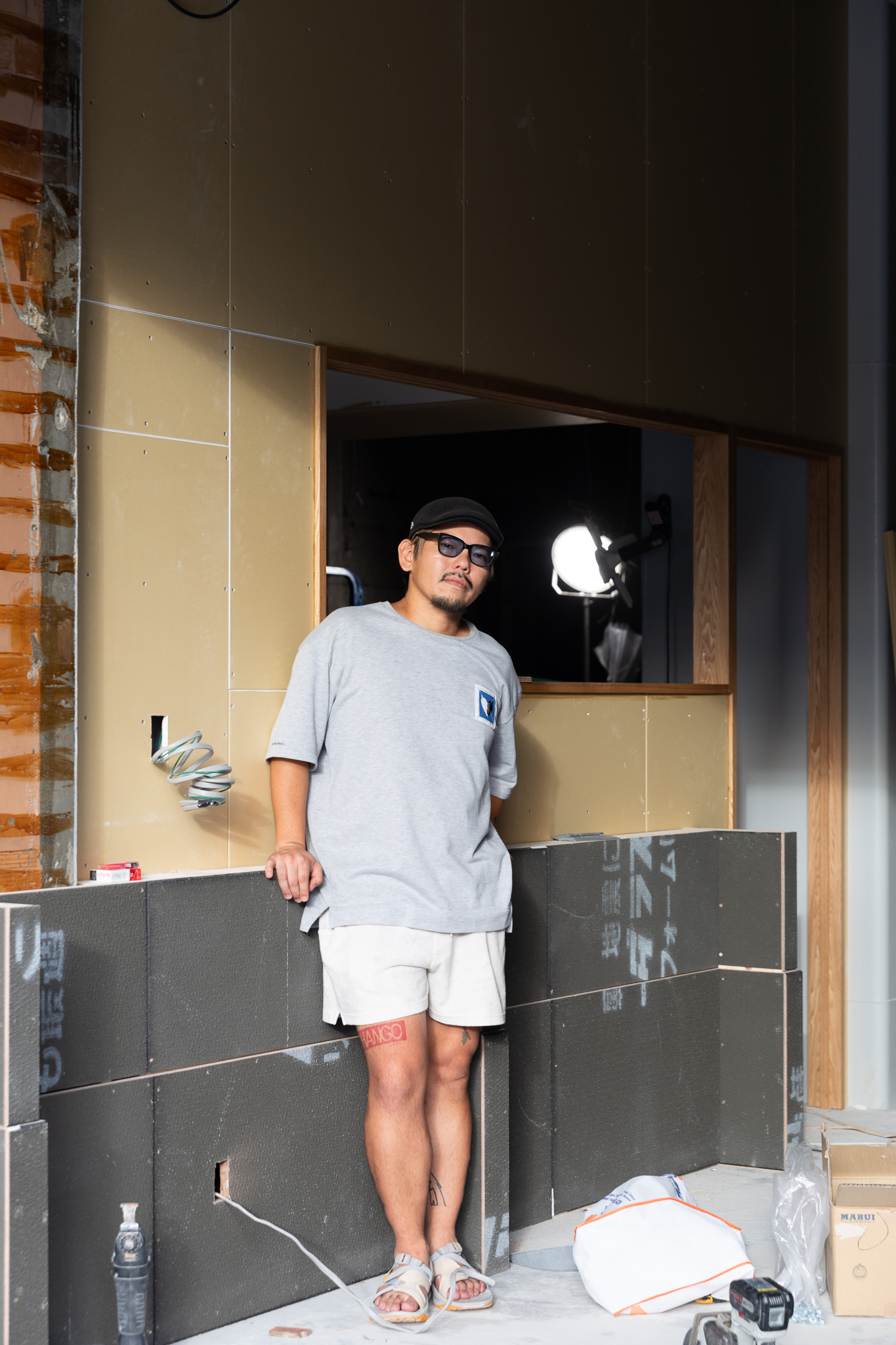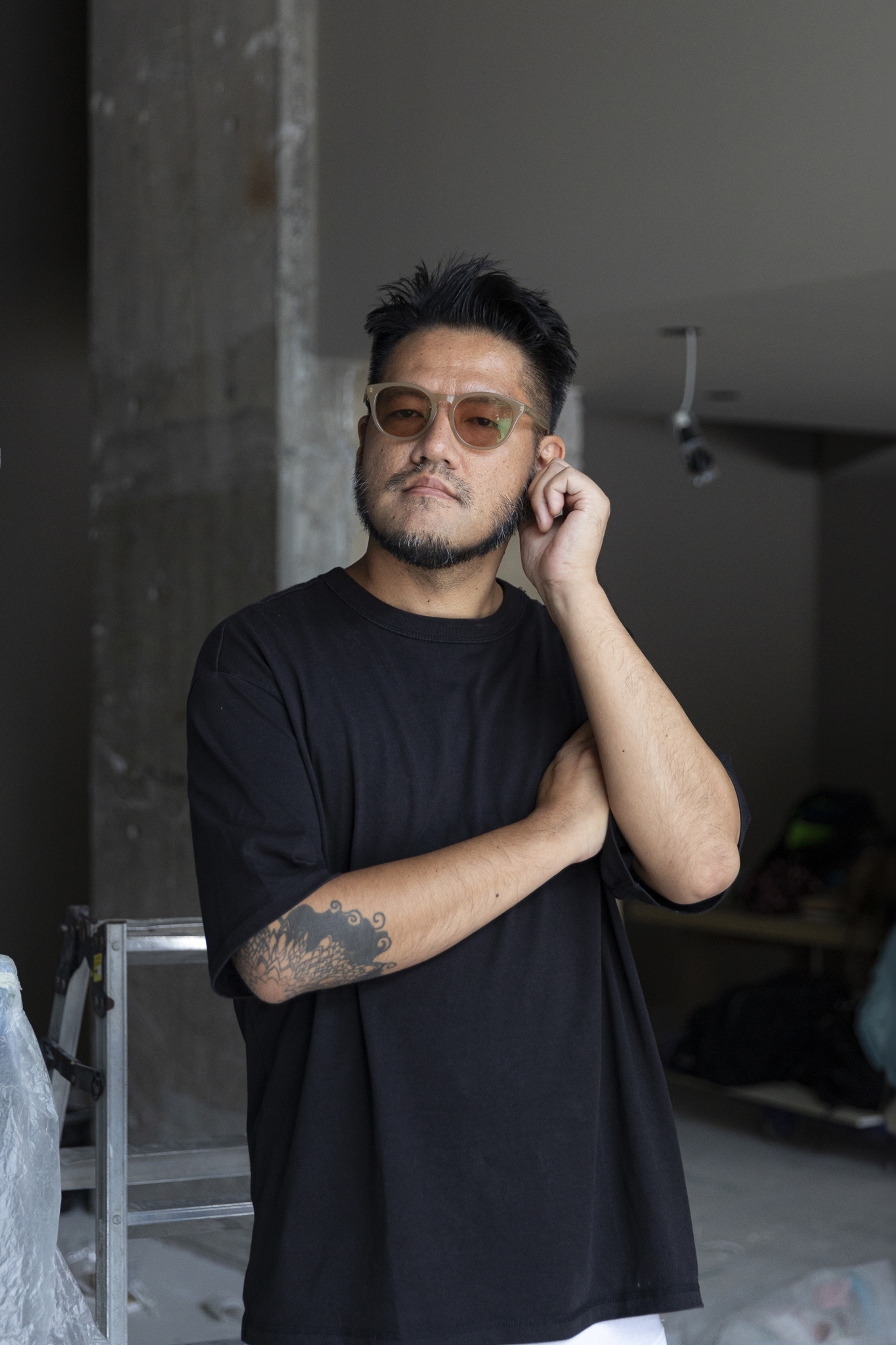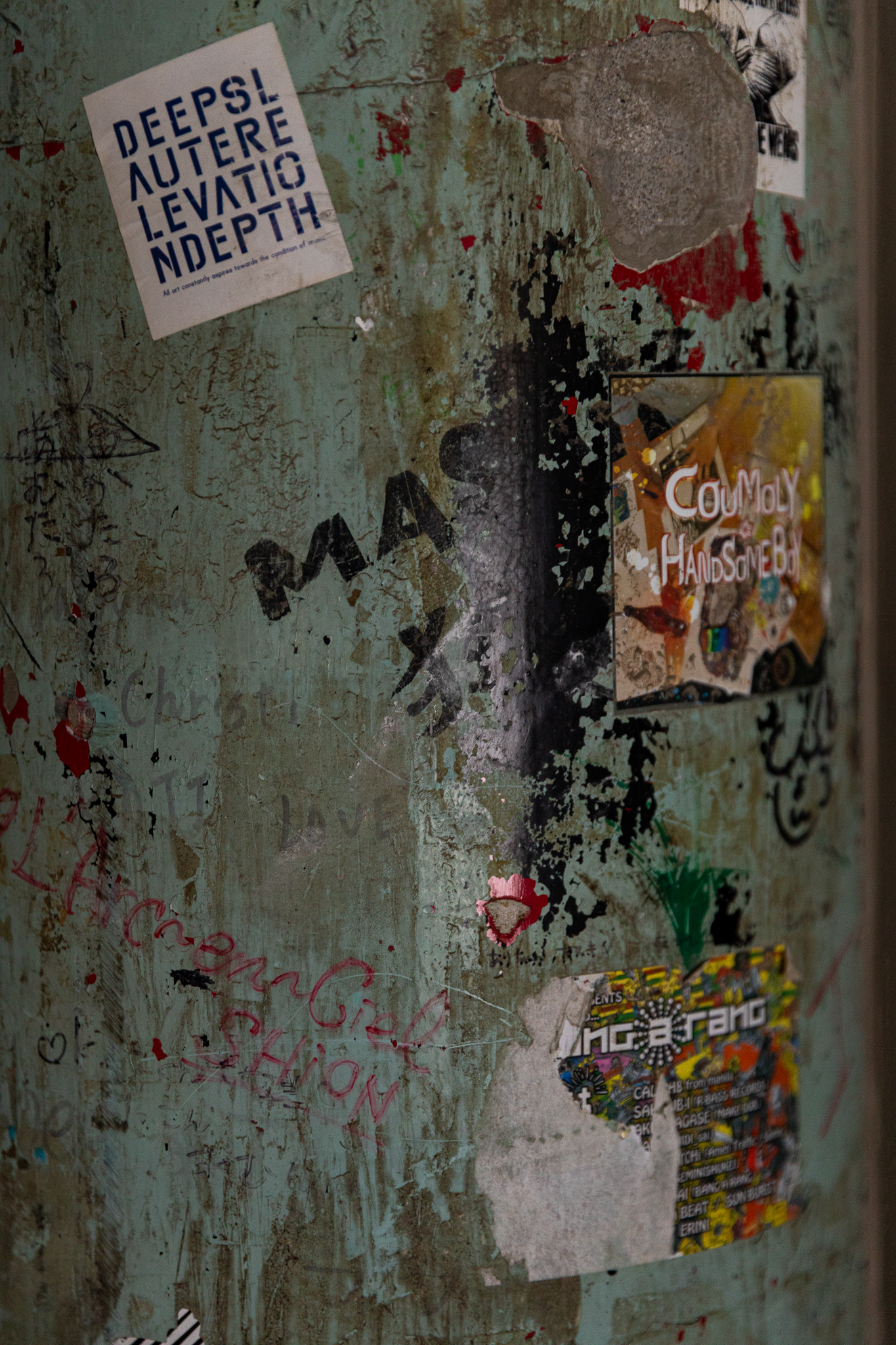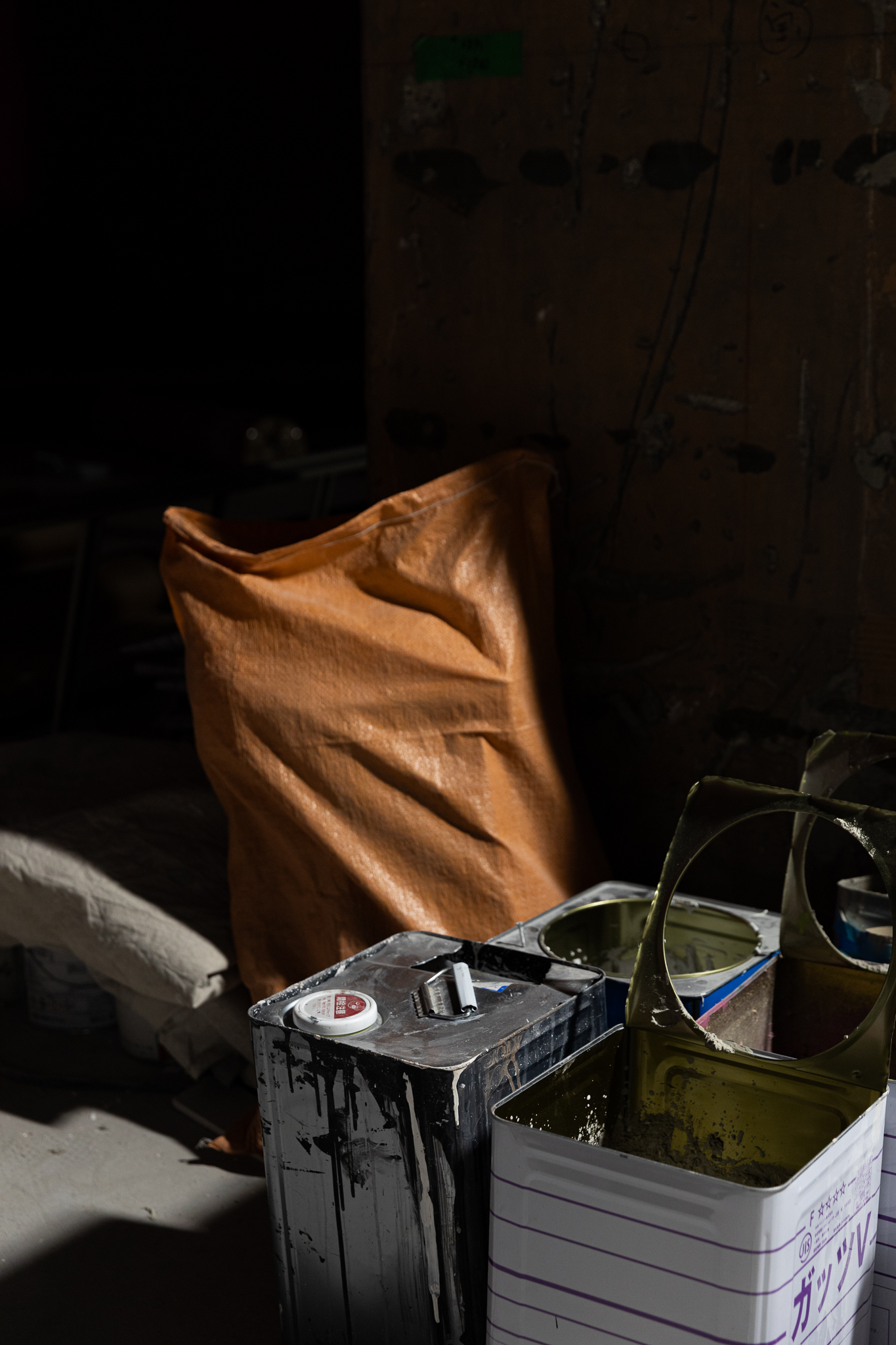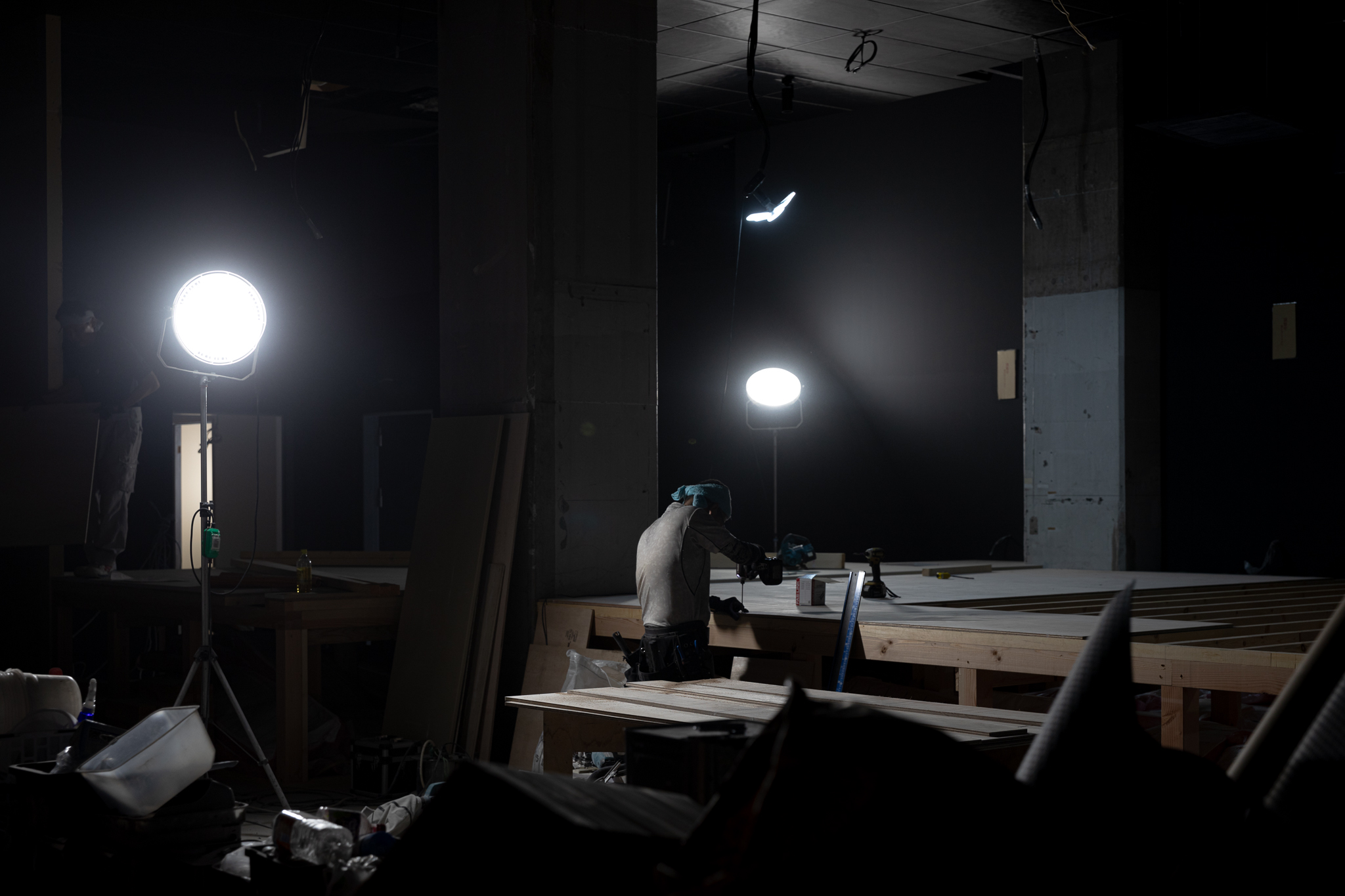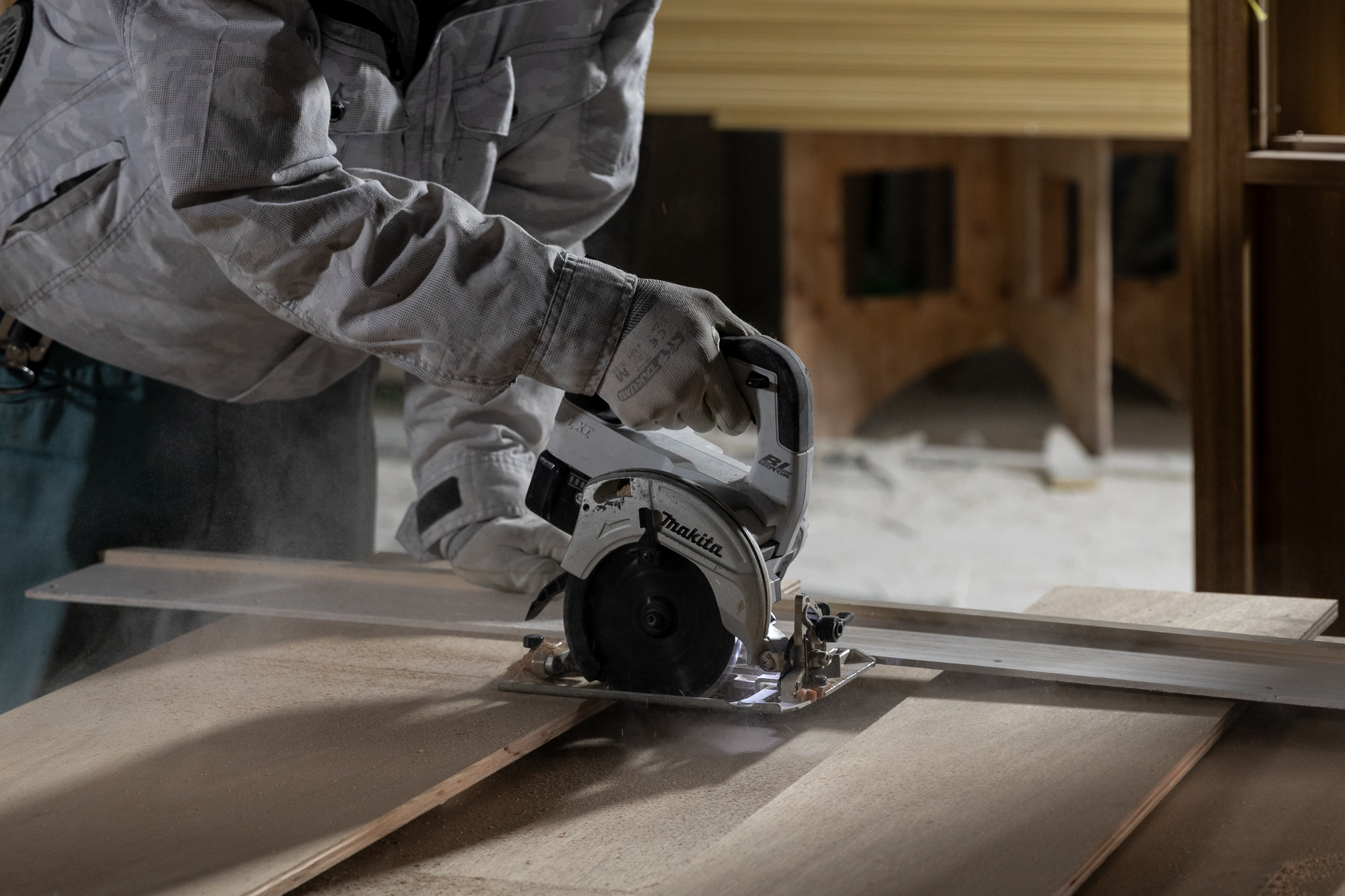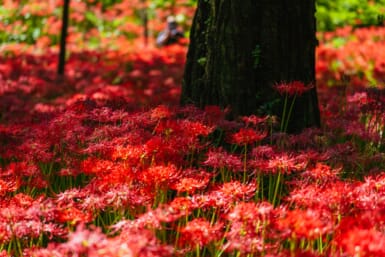We’re standing on what many hold as sacred ground, amid a construction site teeming with activity in Osaka’s Namba area. Paint cans, stepladders and the hum of power tools surround us as diligent workers drill, hammer and scrape the walls with precision. Above, a distant rumble — likely the Limited Express Rapi:t shuttling travelers between Namba and Kansai Airport stations — serves as a gentle reminder that there is a world beyond these walls. This space, now part of the recently revamped Namba Ekikan, an under-the-tracks shopping and entertainment facility, has been anointed as the future home of live venues Meta Valley and Holy Mountain. Although the echoes of construction fill the air for now, these forthcoming cultural hubs are poised to transform this hallowed ground starting October 28.
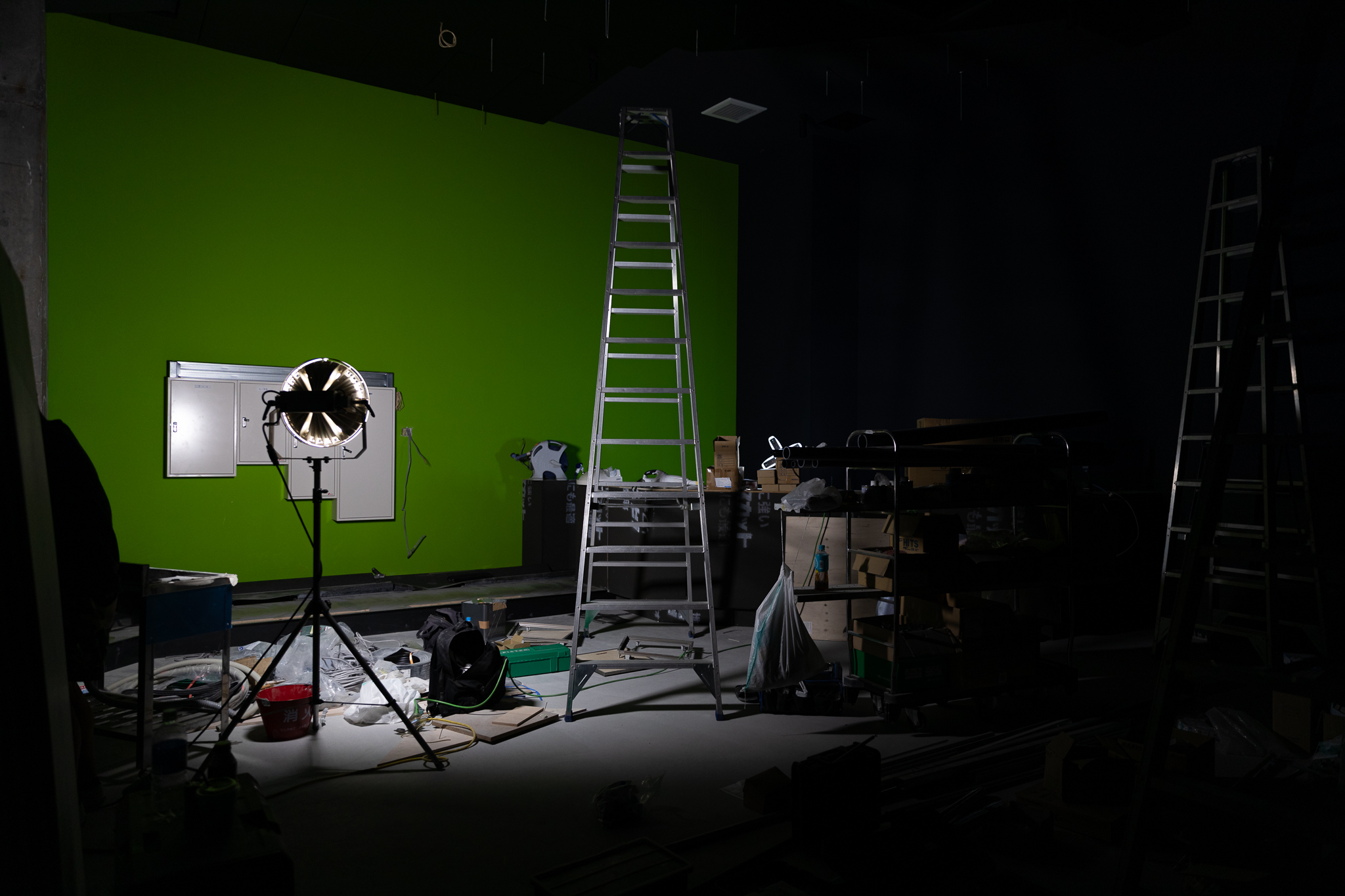
Building on a Legacy
In the midst of this bustling activity and freshly painted walls, one pillar stands out: It’s covered in torn band stickers and graffiti. Much like the senjafuda votive slips pilgrims plaster on temple and shrine ceilings as proof of their piety, these remnants tell a story of those who came before. The pillar serves as a poignant reminder of the legendary concert hall and nightclub Namba Rockets, which used to occupy this spot until its sudden closure in February 2016.
While official reasons for Namba Rockets’ demise remain fuzzy (speculations included bankruptcy of a parent company and a general decline in profits), it is clear that it made a mark on the area and the industry. Over its 25 years in business, Namba Rockets played host to iconic acts like L’Arc-en-Ciel, Luna Sea, Dir en Grey — especially during their early years — and many more. Though it always stayed true to its visual-kei rock roots, the venue also evolved as a stronghold of minimal techno featuring DJs like Fumiya Tanaka and Denki Groove’s Takkyu Ishino.
Meeting the Visionaries
We’re on-site to meet Hayato Taguchi and Hirokazu Yamazaki, a duo of so-called slashers — multitalented professionals whose careers span industries — in their early 40s and 50s who collectively wear a slew of impressive hats, including CEO, designer and musician. Taguchi, together with Fuminori Akamatsu (absent for this interview) co-founded Selebro Inc., the driving force behind Meta Valley and Holy Mountain. Meanwhile, Yamazaki, president and head designer of Metronome Inc., was enlisted to bring their visionary venues to life.
Taguchi and Yamazaki’s shared history and love for music that brought them together to embark on this extraordinary endeavor. Both are accomplished musicians: Taguchi, the former drummer for the heavy rock band Lost (currently on hiatus); and Yamazaki, the guitarist for the post-rock quartet Toe.
A Timely Blessing
Selebro Inc.’s decision to establish its cultural haven in Osaka is not just about a love for the city but also a connection to one another. They firmly believe that Osaka’s vibrant live music scene deserves a space that fosters creativity and connections reminiscent of the welcoming live houses they all frequented during their formative years. Serendipitously, this location became available just as they were brainstorming new directions for the company. The illustrious venue’s vacancy was just the push they needed to venture into other musical machinations. Further solidifying their belief that this was the right move was support from Yogibo, a furniture and lifestyle essentials company. Yogibo was impressed with Selebro Inc.’s vision and was eager to sponsor the project via a naming rights partnership.
On the topic of collaborating with long-time friends, Taguchi says, “It’s fascinating because everyone brings their unique experiences and perspectives to the table, which I respect. We strike a balance, considering things both from an artist’s perspective and as a business. Collaboration becomes indispensable when faced with difficult decisions.”
A Cultural Hub on the Horizon
One of Selebro Inc.’s primary goals is to create a music and art scene that’s more open and inviting. They aim to recapture the spontaneity of the past, where friends would casually meet up at gigs just for fun. Yamazaki’s designs for Meta Valley and Holy Mountain reflect this, establishing them as spaces where chance encounters and meaningful connections are not just possibilities but integral elements of the experience.
Yamazaki explains, “These days, live houses have become enclosed spaces where concerts are organized, tickets are sold and attendees simply go home afterward. It’s become a very standardized formula. In our younger days, we’d drop by live houses without any plans or tickets, entering through the back door to hang out after work. We’d meet fellow bands and musicians and just talk. Many of the friendships I formed at age 18 are still cherished today. This is more than just a venue; it’s a culture we want to revive here.”
Taguchi confirms that music venues played a pivotal role in forging lifelong connections, both professionally and personally. “Without live houses, those of us at Selebro Inc. — and also Yamazaki — would have never crossed paths,” he reflects.
Mapping Out a New Future
Taguchi envisions Meta Valley and Holy Mountain as places that leave a lasting impact beyond Japan’s borders, much like the international venues he grew up admiring. “When I go abroad, I often visit places that I’ve heard of or seen in movies; I want to know what they’re like in real life. When I went to New York, I checked out CBGB and Madison Square Garden — two venues that are legendary and beyond ‘just’ the music. I want Meta Valley and Holy Mountain to become like that; that would be amazing,” he says.
Meta Valley and Holy Mountain: The Deets
Holy Mountain — the smaller of the two adjacent venues with a max capacity of 240 people — was the first to be named. The moniker was inspired by Alejandro Jodorowsky’s 1973 film The Holy Mountain. While the movie’s story is very much of its time, its themes denouncing conformity and the mundane feel appropriate for this future cultural revolution taking place under the train tracks. Holy Mountain offers an intimate setting for art exhibitions and apparel pop-ups as well as live performances.
Meta Valley is, at least in name, the polar opposite of Holy Mountain. While the latter is inspired by spiritual revolution, the former’s namesake is drawn from the high-tech world of California’s Silicon Valley. It accommodates up to 600 people and offers a café and pub serving craft beer, wine, vegan fare and more.
Together, the venues aim to meet a wide range of needs, including circuit events, exhibitions, distribution events and esports.
Namba Cultural Terminal 2023
Meta Valley and Holy Mountain’s weeklong opening celebration event, Namba Cultural Terminal 2023, welcomes visitors to experience the convergence of culture, art, music and fashion. As Osaka’s hottest new venues, they promise an unforgettable journey into the heart of creativity and connection. Acts throughout the week include heavy-hitters Crossfaith, Brahman, Envy and Crystal Lake, as well as punk veterans Good4Nothing and more.
When: Oct 28–Nov 3

